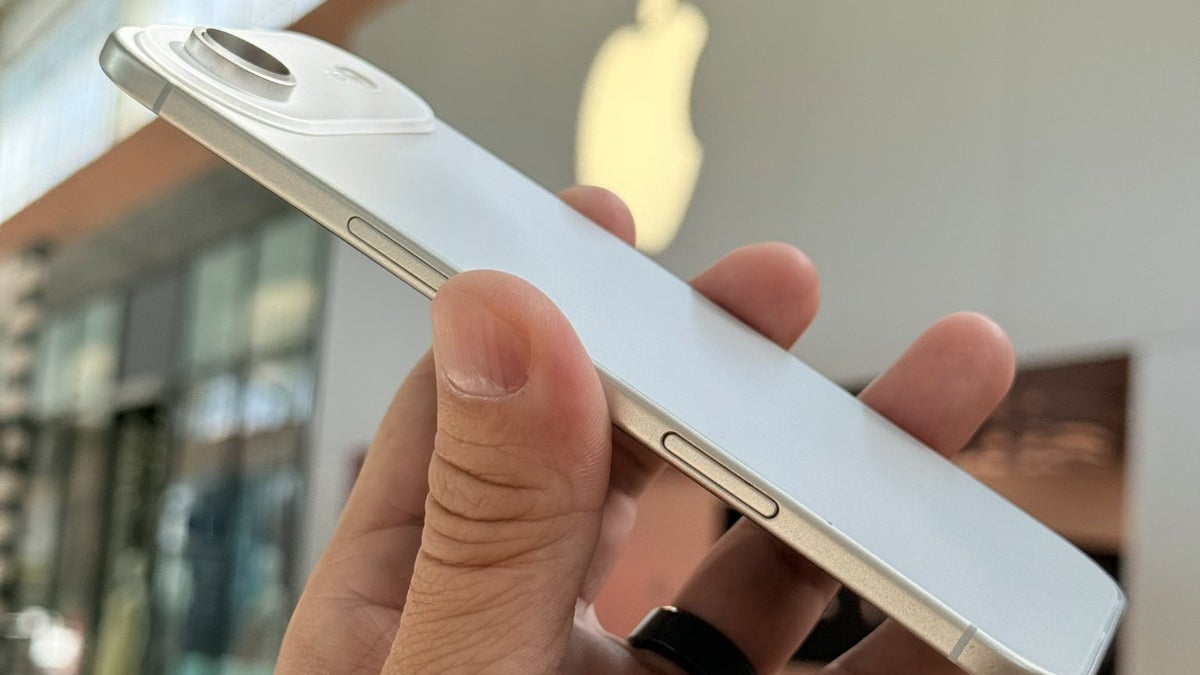*Image credit — iDeviceHelp
Apple is facing multiple display-related issues with the iPhone 17 series. Earlier, it was reported that Apple might be forced to cut ties with BOE this year. Not only has that come to pass, but the company’s new iPhone 17 Air model is apparently having a problem where its super slim displays keep cracking.
BOE cannot meet iPhone 17 display requirements
China-based BOE has been after Apple’s heart for years, and the latter can’t deny the savings that will come if it chooses the former to supply it with displays. However, BOE always seems to be falling behind in one aspect or another, and keeps failing to secure as many orders as Samsung and LG.This year, however, BOE will not be supplying any displays for the upcoming iPhone 17 series at all. That’s because Apple plans to use LTPO — or “ProMotion” as the company calls it — displays across every model. Even the base iPhone 17 model will have a 120 Hz refresh rate, and be able to downclock that to only 1 Hz.
BOE has been unable (translated source, subscription required) to produce satisfactory panels that are up to Apple’s standards. As such, Apple is having to resort to using only Samsung Display and LG Display. This means that it will cost more to manufacture the iPhone 17 lineup, and Apple is trying to score a discount by pointing out flaws with the panels being used for the Air.
iPhone 17 Air displays cracking
The iPhone 17 Air is Apple’s new flagship model for this year, and it will be replacing the iPhone Plus model, which had previously replaced the mini model. Apple is hoping that, unlike the mini and the Plus, the Air will be a more successful model that won’t sell as poorly as its predecessors. Though, I think we can all see where the iPhone 17 Air is headed.
As evaluations of the models take place, it’s been observed that the iPhone 17 Air display is so thin that it’s having actual structural issues. The phone is expected to be around 5.5 mm thin, so its OLED panel is slimmer than usual.
Due to this, the micro coating layer is cracking at the edges where the panel curves. This layer of coating is used to keep dust, moisture, and even oxygen out of the panel. If this layer cracks, it leads to a much shorter lifespan for the display, in addition to other problems as well.
Apple is arguing for a reduction in manufacturing costs by pointing out these cracks, saying that they will lead to further expenses on the company’s part down the line. Samsung and LG are still competing for more allocation, and how this situation is resolved could change the outcome.
As of now, it is expected that Samsung will provide around 70 million units, while LG will be supplying Apple with around 43 million units. If BOE is able to pass Apple’s quality requirements next year, then it may be able to start supplying panels for the iPhone 17 series as well. That would also ensure that it’s able to start preparing for the iPhone 18 lineup.
Costs will likely go up for you
When the iPhone 16 came out, I questioned the 60 Hz display. Such a low refresh rate, in this day and age, would only be acceptable to someone who had never used a phone with a better display. I’m stoked that the iPhone is finally catching up to modern times.
However, LTPO displays, RAM upgrades, and the upcoming mass adoption of 2 nm processors is most definitely going to make smartphones a lot more expensive. The iPhone 17 is still sticking with 3 nm chips, but the iPhone 18 — and the special 20th anniversary iPhone Pro — will undoubtedly feature much higher price tags.
While the iPhone 17 Air isn’t exactly what I would’ve personally asked for, I’ll keep my fingers crossed that it doesn’t pull an iPhone 6 and bring back “bendgate”.









